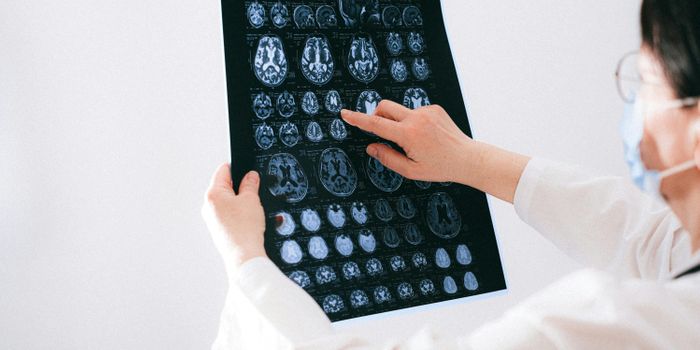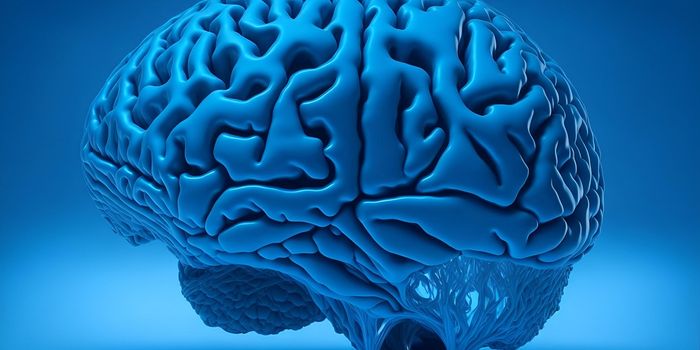Few Differences in Brain Morphology Amongst Older Cannabis Smokers
Several imaging studies have focused mainly on whether marijuana use in young users causes morphological changes in the brain. The results of these studies are mixed, with some seeing changes in cortical thickness and thalamic size of young adult users. On the other hand, other studies have found no significant differences in anatomical size or connectivity of either cortical or subcortical regions in young adult users. While all of these studies have focused on young adult population, the effects of a history of marijuana in older populations have not been researched. Until now.
Photo source: Pixabay.com
Researchers out of The University of Colorado at Boulder assessed brain structure in elderly (>60 years of age) marijuana users compared with nonusers. Dr. Rachel Thayer and colleagues decided to look at a population with decades of marijuana use behind them. Interestingly, their key finding was that groups did not differ in total cerebrospinal fluid (CSF), gray matter, white matter, or even cognitive performance.
Nevertheless, there were a few minor differences in brain regions. Users showed a greater regional volume of left putamen, lingual cortex, and rostral middle frontal cortex. However, the researchers interpreted these findings as suggesting that cannabis use likely does not have a widespread impact on overall cortical volume while controlling for age. Notably, the authors point out that these results are strikingly different from a lifelong use of alcohol. Chronic use of alcohol is correlated with declines in gray matter volume. This effect remains when controlling for aging-relating declines in gray matter.
Photo source: pexels.com
These findings are interesting given a large amount of emerging evidence suggesting that cannabis use in adolescence and young adulthood is deleterious for brain development; can precipitate mood disorders; and a much higher degree of morphological changes in the brain. These users also demonstrate signs of minor cognitive impairment and learning and memory deficits.
The reader is cautioned to not take too much away from these findings. It was a pilot study, which is a great way to inform the direction future research should take, but it does suffer from some flaws such as small sample size and reproducibility. Also important to take away is that, in this particular study, researchers excluded patients with cannabis use disorder (CUD). The addiction process is known to cause several types of neuroplasticity which could cause morphological changes on its own. We will have to wait for follow up studies from this group and others to really gain an idea of what and why morphological differences between users and nonusers seem to disappear in old age.
Sources: International Review of Psychiatry, Drug and Alcohol Dependence, Journal of Neuroscience, Addiction, Psychiatry Research: Neuroimaging, Human Brain Mapping, JAMA Psychiatry, wikipedia.org/wiki/Pilot_experiment, Annals of the New York Academy of Sciences, Current Pharmaceutical Design, Clinical Therapeutics, Pharmacology & Therapeutics










